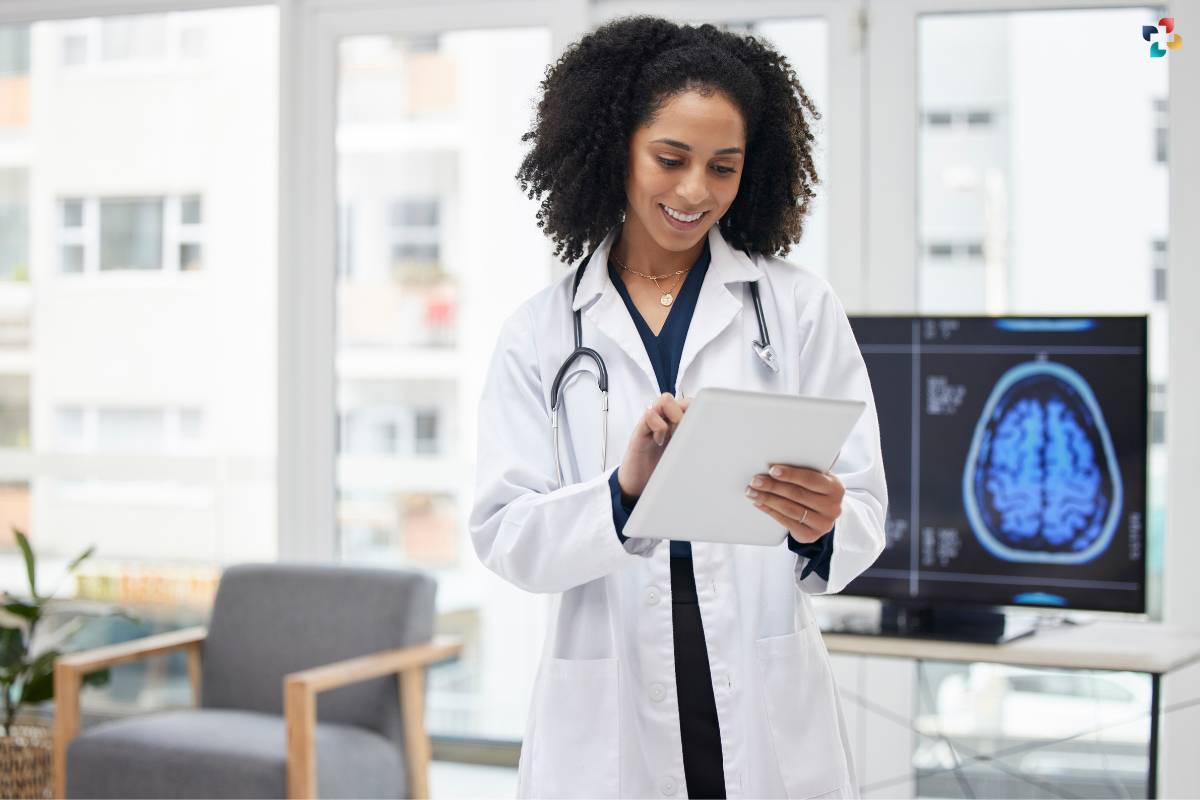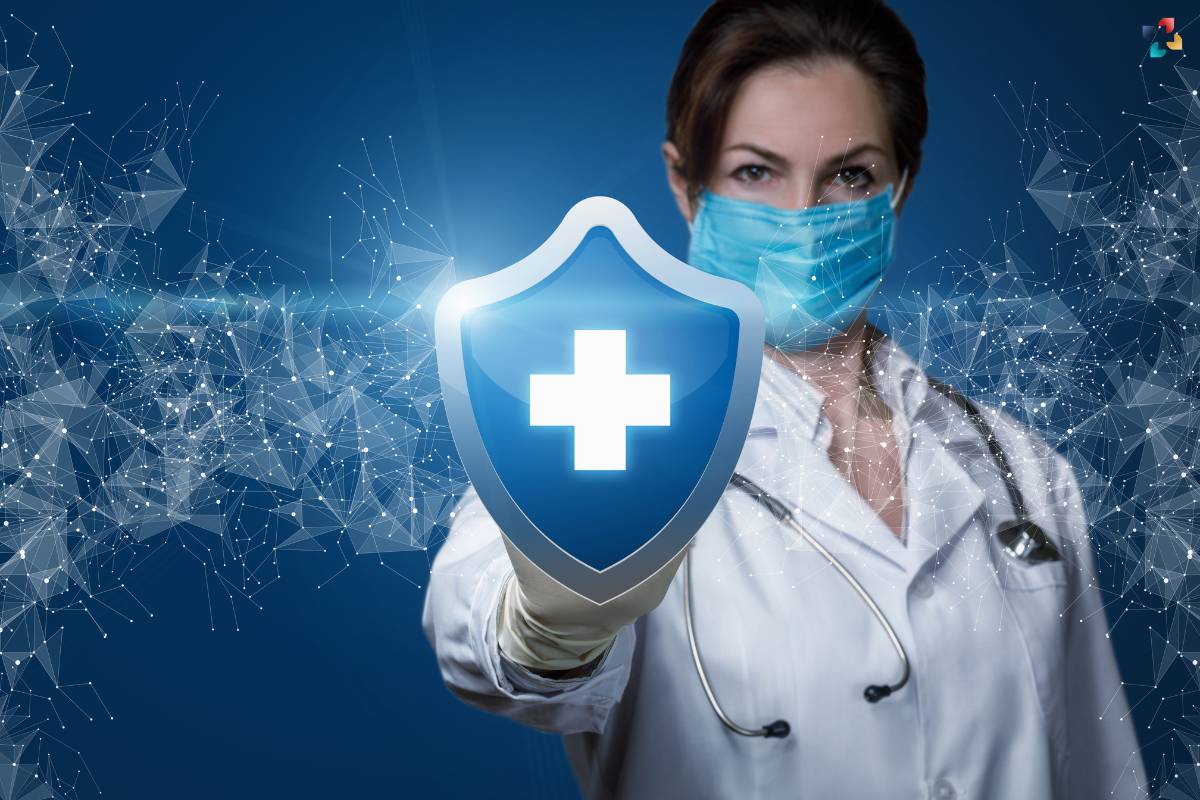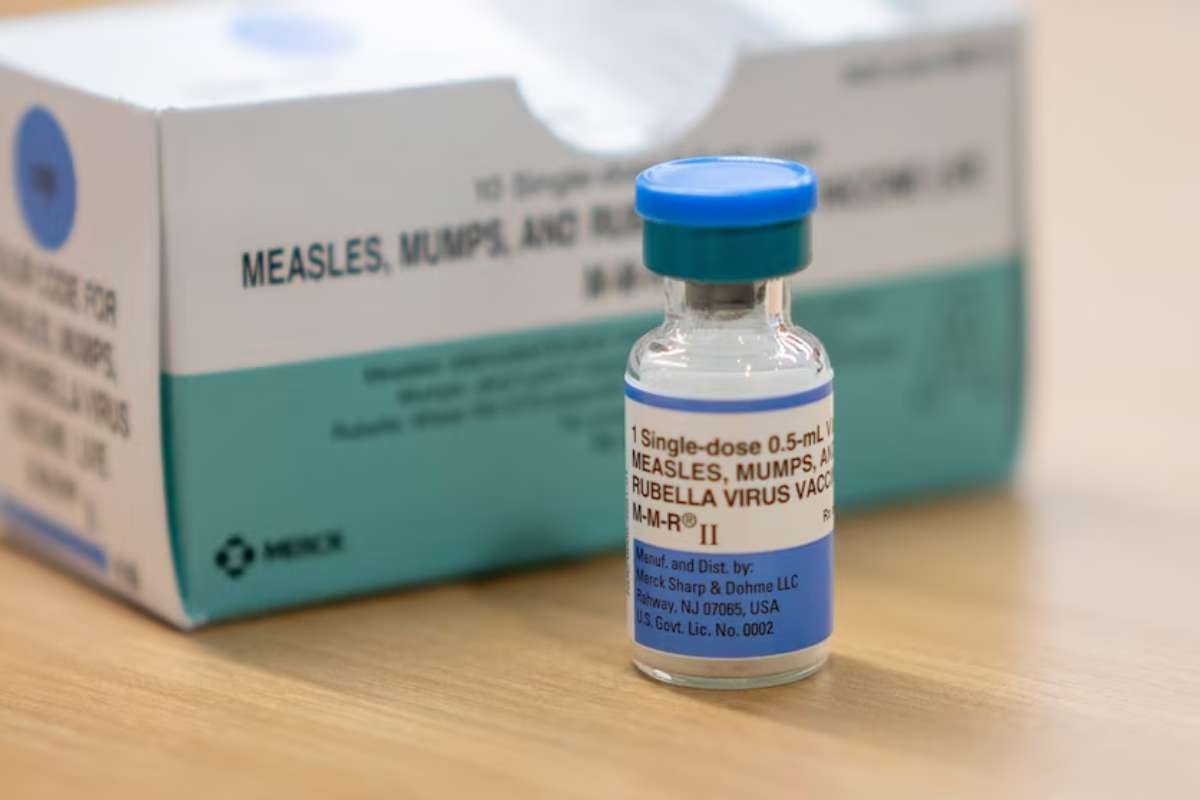The amount of data available to healthcare professionals today has completely changed how physicians assess, diagnose, and manage patient care. The development of technology has ushered in a new era in which vast amounts of information are produced daily. Amidst this flood of data, data mining in the healthcare sector has become a powerful instrument that offers invaluable insights and opportunities to enhance patient outcomes.
This article explores the intricacies of data mining in the healthcare industry, including its definition, applications, challenges, and transformative impacts on the medical field.
Defining Data Mining in Healthcare
What is data mining in healthcare? At its core, data mining involves the extraction of patterns, trends, and meaningful information from vast datasets. In the context of healthcare, it refers to the process of discovering hidden knowledge, relationships, and trends within extensive healthcare datasets. These datasets encompass a myriad of information, including patient records, treatment histories, diagnostic tests, and more. The primary goal of data mining in healthcare is to uncover actionable insights that can inform decision-making, improve patient care, and contribute to the advancement of medical research.
Here are 5 Applications of Data Mining in Healthcare:
Data mining in healthcare finds application across various domains, playing a pivotal role in improving patient outcomes, streamlining operations, and enhancing overall healthcare efficiency.
1. Clinical Decision Support Systems (CDSS)
One of the primary applications of data mining in healthcare is the development of Clinical Decision Support Systems. By analyzing patient data, these systems provide healthcare professionals with evidence-based insights, aiding in more accurate diagnoses and personalized treatment plans. Data mining algorithms can identify patterns in patient histories, helping clinicians make informed decisions.
2. Disease Surveillance and Outbreak Prediction

Data mining enables health authorities to monitor and track the spread of diseases. By analyzing patterns in patient data, it becomes possible to identify potential outbreaks, allocate resources effectively, and implement preventive measures swiftly. This proactive approach is instrumental in managing public health crises.
3. Fraud Detection and Prevention
Healthcare systems are not immune to fraudulent activities. Data mining techniques can be employed to detect anomalies in billing and insurance claims, helping to identify potential fraud or errors. This not only safeguards financial resources but also ensures that patients receive the appropriate care without falling victim to fraudulent practices.
4. Personalized Medicine
The era of personalized medicine relies heavily on data mining in healthcare. By analyzing genetic, clinical, and lifestyle data, healthcare professionals can tailor treatment plans to individual patients, maximizing the effectiveness of interventions and minimizing potential side effects. This precision in treatment marks a significant stride toward more effective and patient-centric healthcare.
5. Predictive Analytics for Patient Outcomes
Data mining facilitates the development of predictive models that anticipate patient outcomes based on historical data. This proactive approach enables healthcare providers to intervene early, potentially preventing complications and improving overall patient well-being. Predictive analytics can be particularly beneficial in chronic disease management.
Here are 9 Challenges in Data Mining in Healthcare
While the applications of data mining in healthcare are vast and promising, the implementation of these techniques is not without challenges.
1. Data Quality and Integration
Healthcare data is often heterogeneous, coming from various sources and in different formats. Ensuring the quality and integration of this data is a significant challenge. Inaccuracies, missing information, and disparate data formats can hinder the effectiveness of data mining algorithms.
2. Privacy and Security Concerns

Patient data is highly sensitive, and concerns about privacy and security are paramount in data mining in healthcare. Striking a balance between utilizing patient data for beneficial purposes and safeguarding individual privacy poses a considerable challenge. Healthcare organizations must implement robust security measures and adhere to stringent privacy regulations to mitigate these concerns.
3. Interoperability
The interoperability of healthcare systems remains a hurdle in seamless data sharing. In many instances, data is siloed within different healthcare institutions, making it challenging to create comprehensive datasets for meaningful analysis. Efforts to standardize data formats and promote interoperability are essential for unlocking the full potential of data mining in healthcare.
4. Ethical Considerations
The ethical use of patient data is a critical consideration in data mining. Striking a balance between advancing medical knowledge and respecting patient rights requires careful navigation. Clear guidelines and ethical frameworks are essential to ensure that data mining practices align with the principles of patient autonomy and confidentiality.
5. The Transformative Impact
Amidst these challenges, the transformative impact of data mining in healthcare cannot be overstated. The integration of data mining techniques has the potential to revolutionize healthcare delivery, research, and policy-making.
6. Enhanced Diagnostic Accuracy
Data mining algorithms, when applied to large datasets, can identify subtle patterns and correlations that may elude human observation. This can significantly enhance diagnostic accuracy, helping healthcare professionals identify conditions at earlier stages and prescribe more targeted interventions.
7. Cost Reduction and Resource Optimization

By identifying inefficiencies and streamlining processes, data mining contributes to cost reduction in healthcare delivery. It helps healthcare organizations optimize resource allocation, ensuring that services are directed where they are needed most. This, in turn, improves overall healthcare efficiency and accessibility.
8. Accelerated Drug Discovery
In the realm of medical research, data mining expedites the drug discovery process. By analyzing vast datasets related to molecular biology, genetics, and patient responses to treatments, researchers can identify potential drug candidates more efficiently. This accelerates the development of novel therapies and treatments.
9. Empowering Patients
Data mining not only benefits healthcare professionals but also empowers patients. Through the analysis of personal health data, individuals can receive personalized health recommendations, enabling them to take a more active role in their well-being. This shift towards patient-centric care fosters a collaborative approach to healthcare.
Conclusion
To sum up, the investigation of data mining in healthcare is a transformational force influencing the direction of healthcare. Data mining has become a vital tool in contemporary healthcare because of its capacity to reveal hidden patterns and insights inside enormous datasets. It will be crucial to address issues with data quality, privacy, and ethics in data mining in the healthcare industry as the sector develops.
But given its potential advantages—such as improved diagnostic precision, lower costs, and quicker medical research—data mining is a bright spot in the fight for better, more efficient healthcare. Embracing the power of data mining in healthcare is not just a choice; it is a vital step toward a future where healthcare is not only more efficient but also more personalized and patient-centered.
Also Read: 5G in Healthcare: Revolutionizing Digital Health Across 10 Transformative Use Cases







